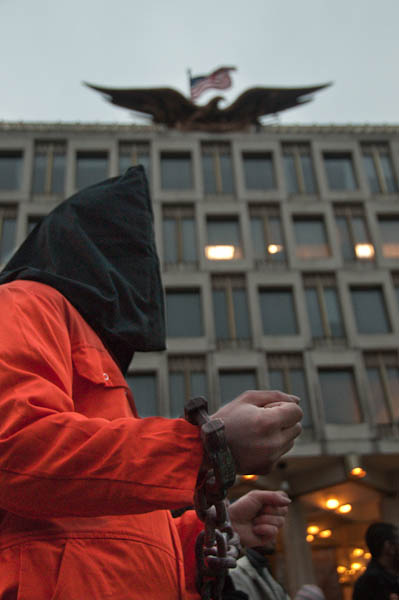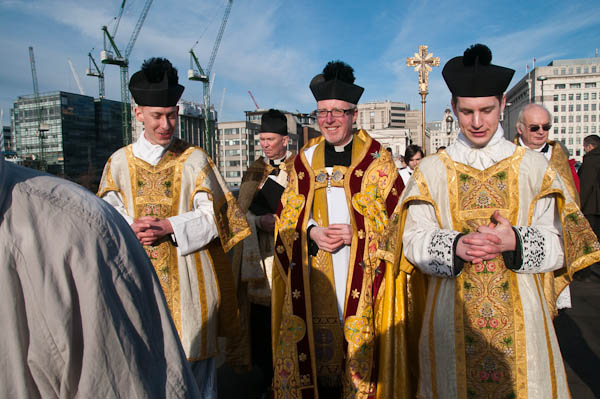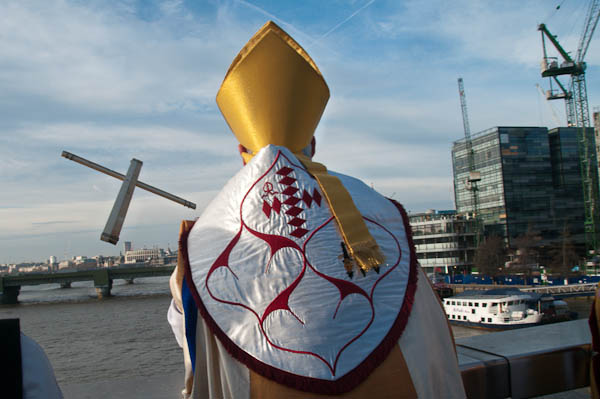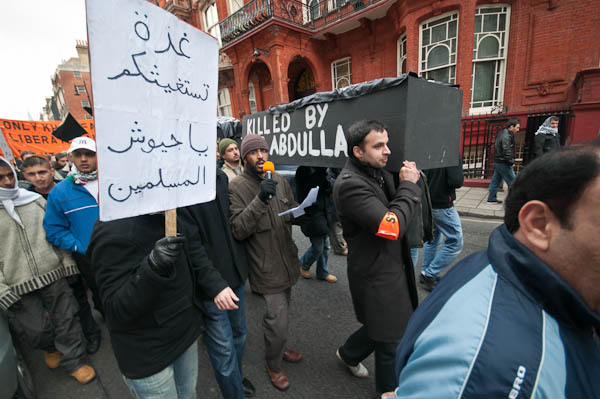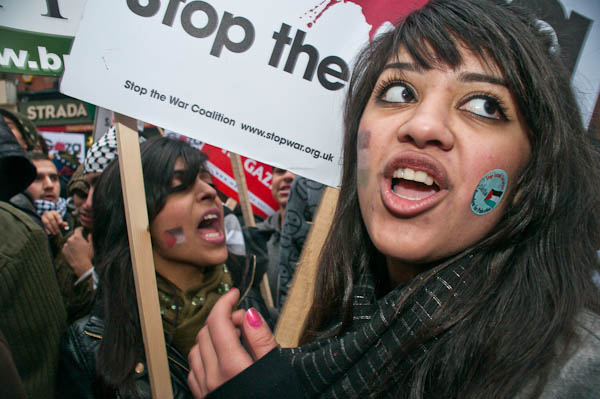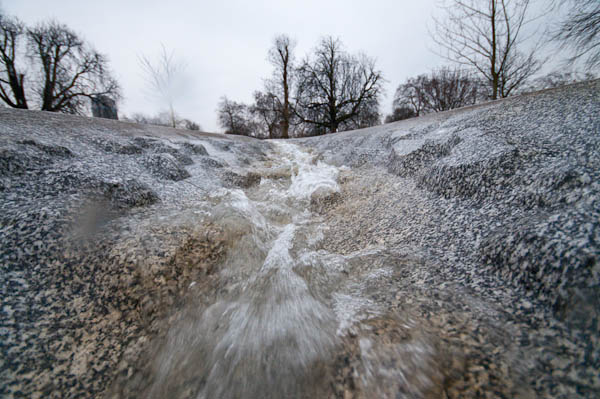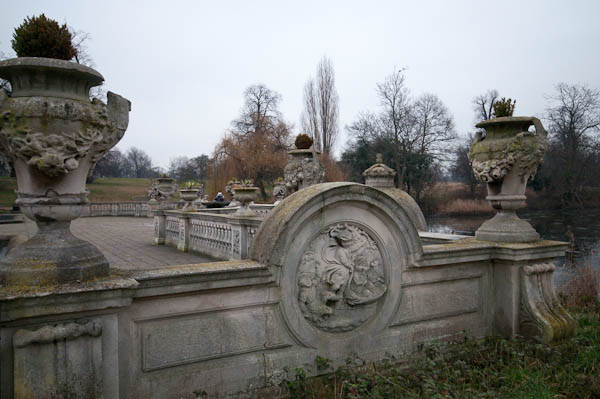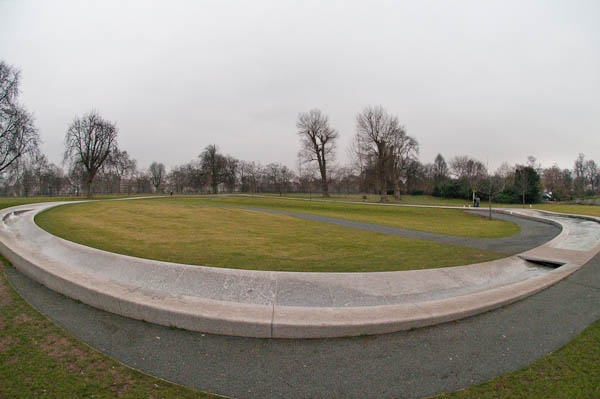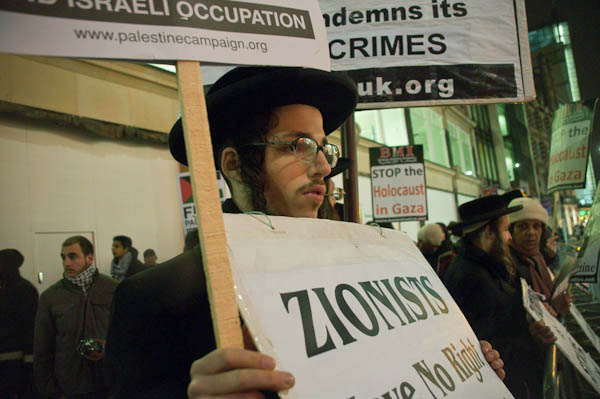The current exhibition at the Paris-based on-line Dmochowski Gallery features the work of a good friend of mine from Bielsko-Biala, Poland, Inez Baturo.

Inez Baturo
A week or so ago I wrote something about the ugliness of snow on trees and now have to eat my words seeing the magic which this gives to some of Inez’s pictures. As gallery owner Piotr Dmochowski writes, these are “misty, wistful and pensive visions” and have a powerful poetry, full of “nostalgia, memories and sad reflection.” I think there is something deeply Polish in them – as Polish as the music of Chopin.
But go and look at them on the web site – and there are some good large versions of the images on show. The pictures date from 1991 – 2008, with 2007 seeming to be a particularly productive year.
Dmochowski was born in Poland and works as a barrister and professor of law in Paris, but has devoted much of his time to promoting the work of Polish artist Zdzisław Beksiński (1929-2005) with a gallery at rue Quincampoix in the centre of Paris from 1989-95. Work from the Dmochowski collection is now on show as the Beksinski Museum in Częstochowa, Poland, and the gallery is now an on-line one, showing mainly paintings.
Earlier shows of photography on the Dmochowski gallery have included the surreal recreations of dreams by Misha Gordin, who I was pleased to spend some time with on my last visit to Bialsko-Biala where we were both guests of the FotoArt Festival organised by Inez Baturo.

Inez and Misha on stage at the FotoArt Festival in Bielsko-Biala, 2007
Other photographic shows at Dmochowski have included the controversial ‘To die so as to leave the hell’ with work by James Nachtwey, Don McCullin, Sebastião Salgado, Raymond Depardon, Joël-Peter Witkin, Dieter Appelt and Elizabeth Prouvost as well as of Beksiński’s own photographs, which include some powerful closely cropped heads using his family and friends as models.

Inez and Andrzej Baturo at opening of FotoArtFestival in 2005
Inez and her husband Andrzej Baturo are both photographers and run a gallery in Bielsko-Biala and publish photographic books. They are the co-founders of the Foundation Centre of Photography and the Programme and General Directors of the FotoArtFestival of international photography held in Bielsko-Biala. I met them both when I was invited to show work at the first festival in 2005, and again when I returned to speak at the second in 2007.

Inez introduces a speaker at the FotoArtFestival, 2007

Inez listens to one of the talks

Sarah Moon and Inez at FotoArtFestival 2007
So, my congratulations and warm hugs to Inez!
